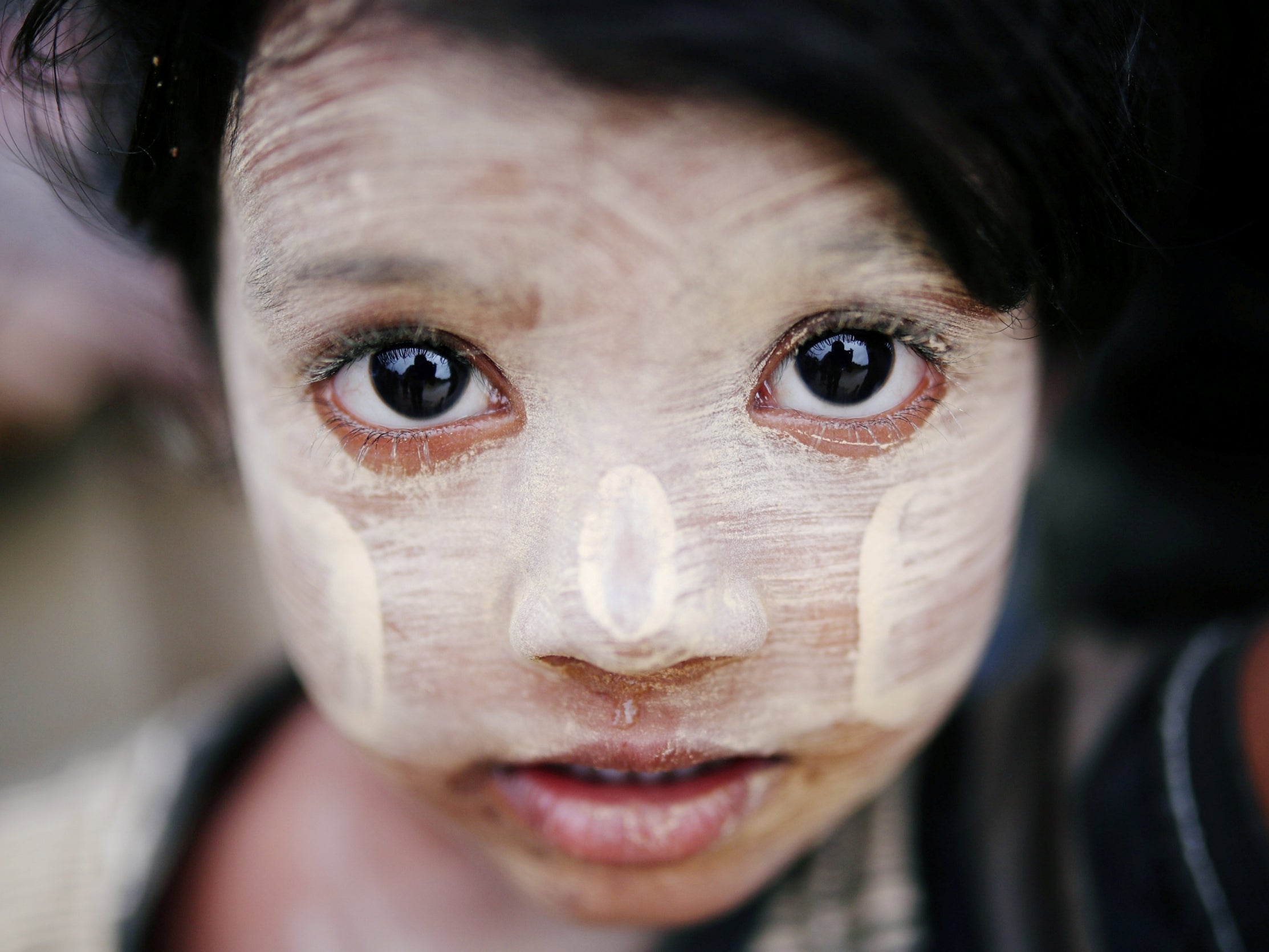In photos: The centuries-old makeup tradition bringing comfort to Rohingya women and girls in refugee camps
Some wear it to protect their skin from insects and the sun. For others, it’s a reminder of home

Your support helps us to tell the story
From reproductive rights to climate change to Big Tech, The Independent is on the ground when the story is developing. Whether it's investigating the financials of Elon Musk's pro-Trump PAC or producing our latest documentary, 'The A Word', which shines a light on the American women fighting for reproductive rights, we know how important it is to parse out the facts from the messaging.
At such a critical moment in US history, we need reporters on the ground. Your donation allows us to keep sending journalists to speak to both sides of the story.
The Independent is trusted by Americans across the entire political spectrum. And unlike many other quality news outlets, we choose not to lock Americans out of our reporting and analysis with paywalls. We believe quality journalism should be available to everyone, paid for by those who can afford it.
Your support makes all the difference.Swirls of yellow paste made from ground tree bark decorate the cheeks of Rohingya Muslim women and girls in the refugee camps of southern Bangladesh.
Thanaka, a type of sun protection that dates back centuries, is a common sight on the faces of the women, who say the use of the traditional cooling paste helps bring a sense of normality to their difficult lives in the camps.
“The makeup is my hobby, and it’s our tradition,” says Juhara Begum, 13, who arrived in Cox’s Bazar in September last year after fleeing a military attack on her village in Myanmar’s Rakhine state.
“The military fired guns and slaughtered us,” says Juhara, who had to walk for five days to reach the border. Now, she lives on a hilltop in the crowded refugee camp of Jamtoli.
“I live on top of the hill and it is too hot with the strong sun,” says Juhara, who wears the protective paste on her face.
She is among more than 700,000 Rohingya who have taken shelter in the district after fleeing a military crackdown in Myanmar last year, the United Nations and human rights groups say.
Reuters photographed some of the refugees who believe the use of the paste keeps their skin smooth and cool, safe from exposure to the sun, and fends off acne.
Zannat Ara, a nine-year-old Rohingya girl, says the paste protects her against the swarms of insects in the Kutupalong refugee camp where she now lives.
“I wear makeup to keep my face clean and there are some insects that bite my face and this keeps them away, so this protects me,” she says.
Thanaka is produced from the bark of a tree found in the dry central parts of Myanmar. A flat stone called a kyauk pyin is used to grind the bark into a milky yellow paste.
The paste is applied to the face in various patterns and dries into a protective layer. While it is used medicinally elsewhere in Asia, women in Myanmar also use it as a cosmetic.
Rohingya girls and women use traditional methods to make the paste from thanaka tree bark which is sold in the camps.
“I can live without eating rice but I cannot live without makeup,” says Juhara, to whom the paste brings some comfort amid a gruelling life in the camps.
Reuters
Join our commenting forum
Join thought-provoking conversations, follow other Independent readers and see their replies
Comments